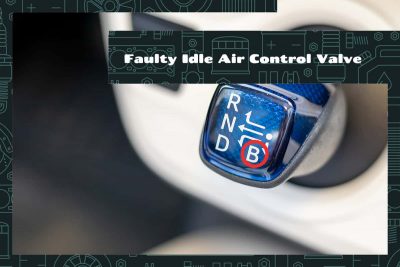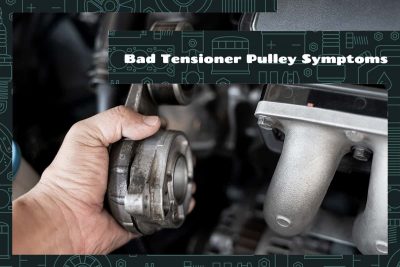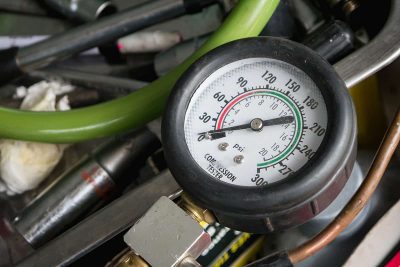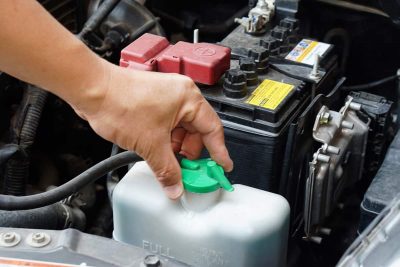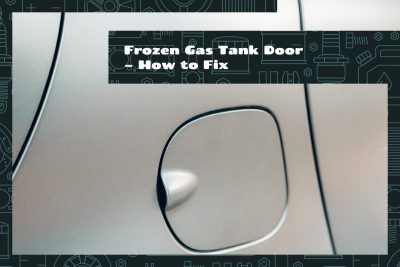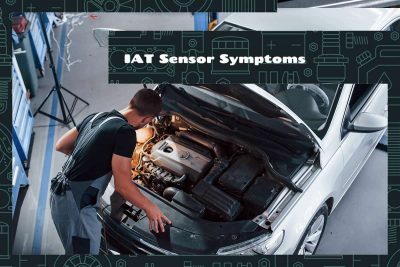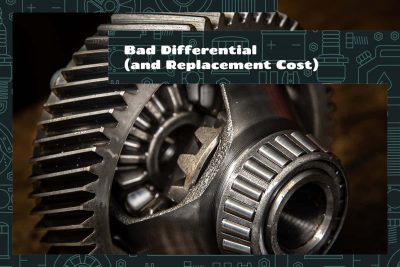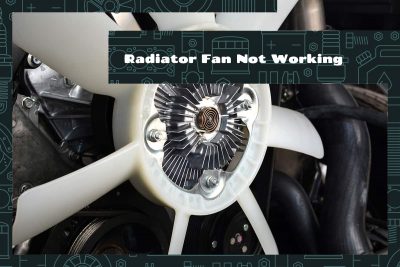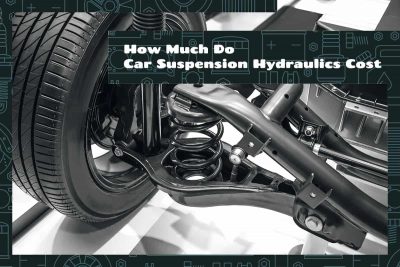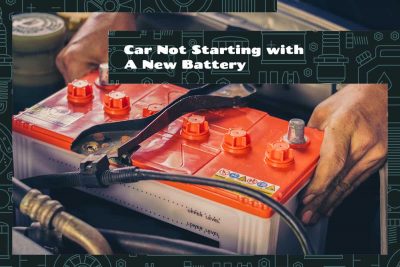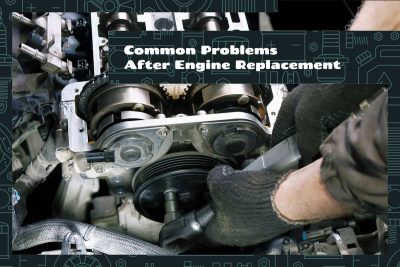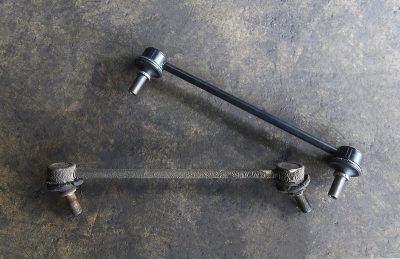The ‘B’ on a gear shift stands for ‘Braking’ or ‘Engine Braking.’ It’s primarily used to improve vehicle control when descending steep inclines and limit wear and tear on the brakes by employing the engine’s retarding force
The tell-tale signs of a bad tensioner pulley include unusual noises from the engine, issues with power steering and air conditioning, frequent battery failures, engine overheating, and unexpected wear and tear of the belt.
Low engine compression is a condition where the engine’s cylinders don’t sufficiently compress the air-fuel mixture, resulting in a power drop. Symptoms include power loss, unusual engine noises, and frequent misfires. Repair options range from replacing worn-out piston rings to extensive engine overhauls.
Symptoms of coolant leaks include visible puddles under the car, unusually low coolant levels, engine overheating, and white smoke from the exhaust. Causes can range from worn-out hoses, a failing water pump, to a damaged radiator.
It’s a cold winter morning and you’re ready to hit the road. You jump into your car and try to open the gas tank door, but it’s frozen shut! You give it a few tugs, but it won’t budge. Panic sets in as you realize you have no idea how to fix this problem.
When you ignite your car, there’s an intricate dance of parts and systems working together behind the scenes, crucial to your vehicle’s smooth and efficient operation. One such unseen hero is the Intake Air Temperature (IAT) sensor. This small but significant component plays a role in maintaining your car’s engine performance and fuel efficiency. By measuring the temperature of the air entering the engine, the IAT sensor allows the engine’s computer to make necessary adjustments for optimal combustion.
A bad differential manifests through unusual noises during driving, vibrating sensation, handling issues, and visible fluid leaks. Repair or replacement costs can range widely, from a few hundred to $1,000 or more, depending on the make and model of your vehicle and the extent of the damage.
The radiator fan is designed to prevent your engine from overheating by blowing cooler air across the radiator. It helps in maintaining the optimal operating temperature of the engine, thereby ensuring the car’s smooth and efficient performance. However, like all mechanical parts, radiator fans can malfunction over time, posing serious threats to your car’s health and safety.
On average, the cost of car suspension hydraulics can range from $300 to $1500 depending on the make and model of the vehicle, brand of the parts, and labor costs. They should be replaced when signs of damage appear, such as excessive bouncing, poor handling, or uneven tire wear.
Few experiences can be as perplexing as turning your car’s ignition, only to find it won’t start—especially when you’ve just installed a brand-new battery. Most drivers expect a new battery to be the panacea for all their car start-up problems. After all, isn’t it logical that replacing the old, worn-out one with a fresh battery should resolve all issues? Unfortunately, the reality can sometimes be starkly different, throwing drivers into a conundrum.
Common issues that often arise after an engine replacement include engine not starting, strange noises, oil leakage, overheating, power loss, ‘check engine’ light turning on, poor fuel economy, engine misfires, and rough idling.
Sway bars provide stability and enhance ride comfort. Despite their importance, they’re often overlooked until a problem arises. A faulty sway bar can drastically alter your driving experience, making your vehicle harder to handle and less safe. The signs of a bad sway bar can be subtle, but early detection can spare you from more significant problems down the line.
